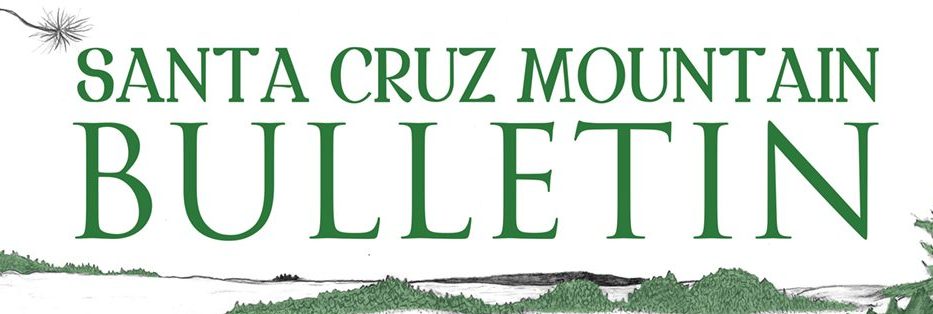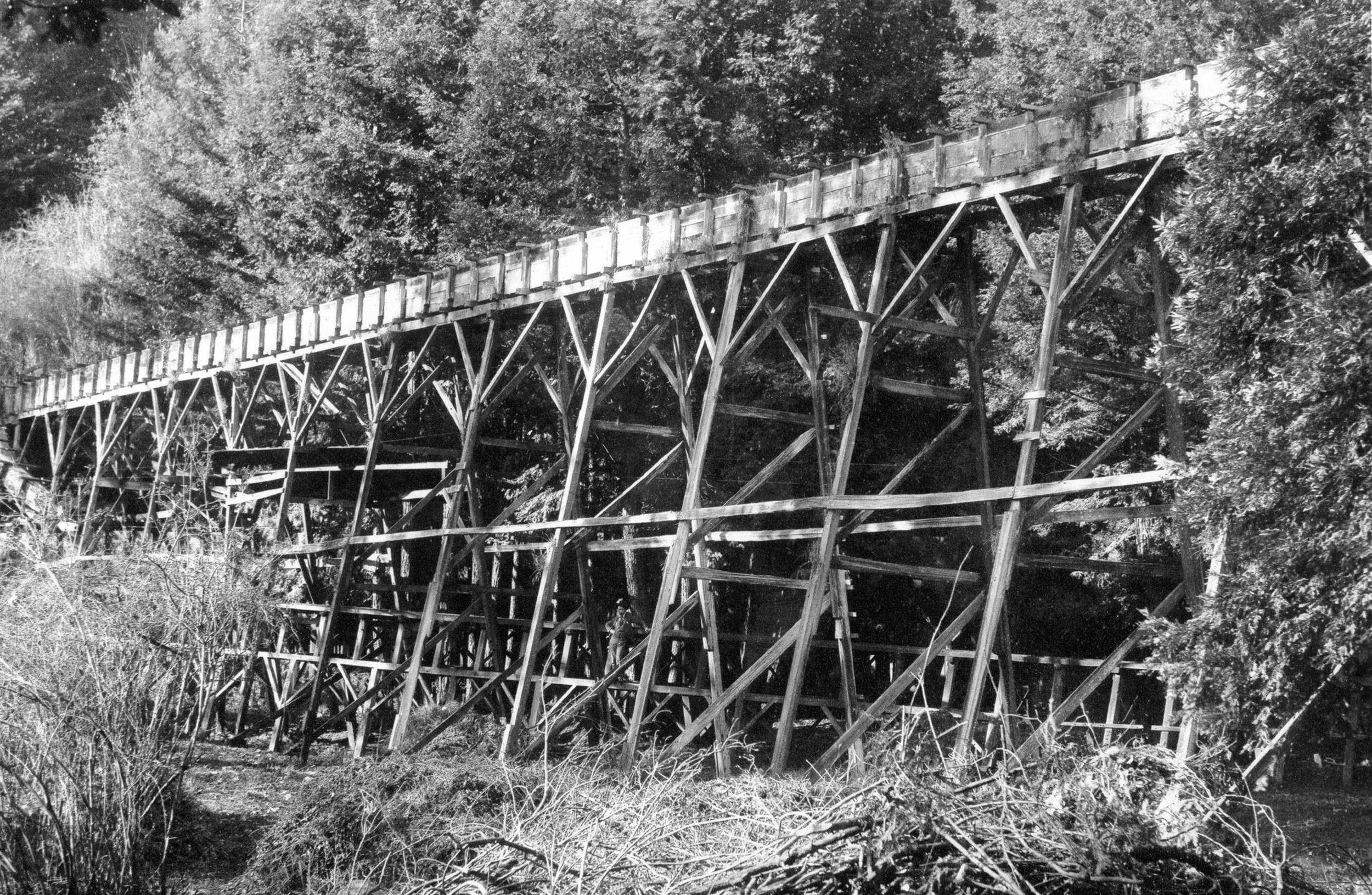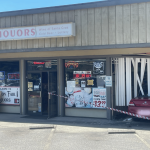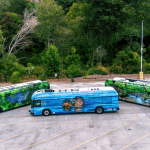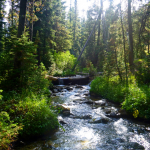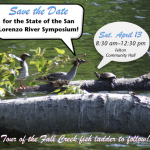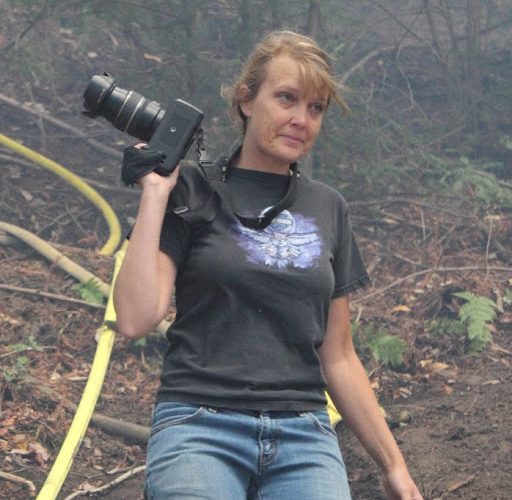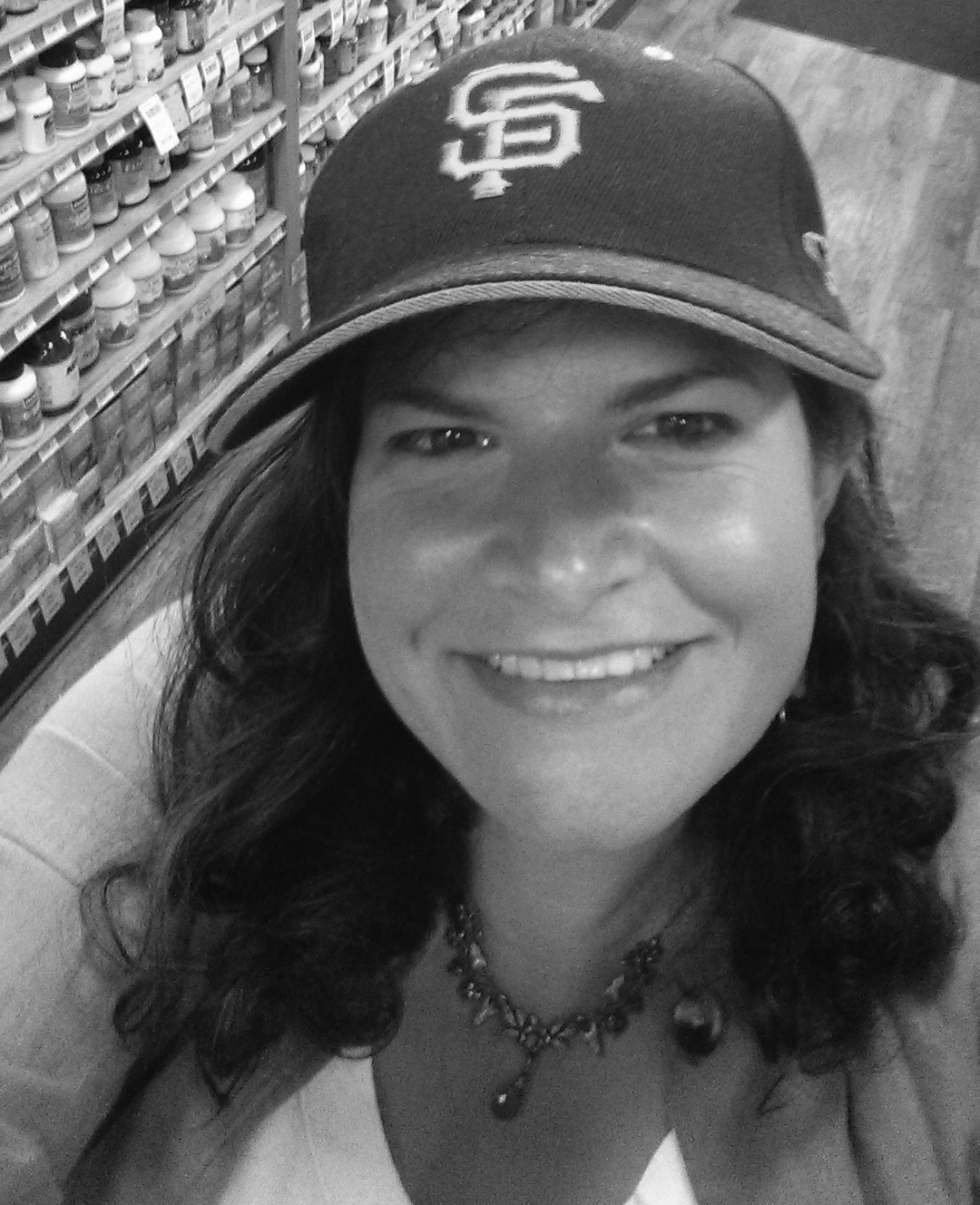by Lisa Robinson
In 1861, the California Powder Works (CPW) incorporated, and in 1863 the company purchased 222 acres of Rancho Cañada del Rincon en el Rio de San Lorenzo, which at the time was owned by lime industry manufacturers Davis and Jordon. It was the first explosives manufacturer in the West. Powder being shipped around the horn from the East, a six-month voyage, resulted in a damp, poor quality explosive, and at an extortionate price. Shipments of explosives to the West were stopped during the Civil War because of the potential that they may be captured by Confederate forces.
Most of the machinery at the Powder Works was to be driven by water power and in 1863, the Santa Cruz Sentinel reported, “It is the intention of the owners to conduct the water from the river for mill use by carrying a flume through an adjacent hill or mountain, which will require a tunnel of considerable length.”
Indeed, the San Lorenzo River was dammed about ½ mile north of the property and water was transported from the dam by a ground level box flume over 2,000 feet long to a tunnel through the Hog’s Back, 1,260 feet in length, and distributed via a raised flume throughout the Works.
The tunnel was required to ensure a sufficient head of water to produce power. In fact, the deed of conveyance gave CPW the rights to “keep a dam at the head of the survey, at a sufficient height to flow the entire water of the River through the tunnel.” The Hog’s Back is the large hill that causes the river to bend around it, hence the name Rincon. In 1863, the nature of the rock was unknown. The contract for the tunnel construction was awarded to a San Francisco firm. “It will be a heavy job, and the contractor will have to ‘go it blind’ for a while as the character of the rock is not fully known.”
Remnants of the ground level flume, pictured here, can be seen today in Henry Cowell Redwoods State Park. So too can the concrete jetty that diverted water towards a sluice gate that controlled the flow of water into the flume.
The works had six center discharge water wheels, one in each of the Mixing Mills, one each in the Press Mill, the Corning Mill, and the Glaze Mill. Water power was also used to drive the machinery that made the wooden barrels in which the powder was shipped. “The staves are sawed with the required curves tongued and grooved by machinery, simple, but admirably ingenious.” There was also a network of underground flumes that returned used water back to the river. Remnants of these flumes can still be seen at Paradise Park, the site of the former Works.
For more information on the history of the California Powder Works visit the San Lorenzo Valley Museum’s latest exhibition Blasts from the Past – The Explosive Story of the California Powder Works (www.slvmuseum.com).
